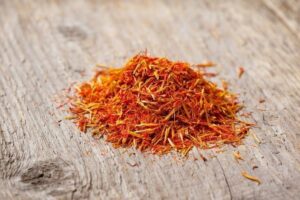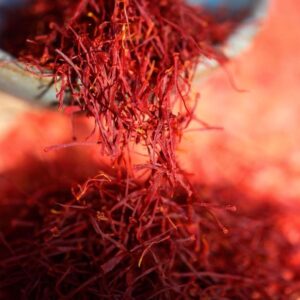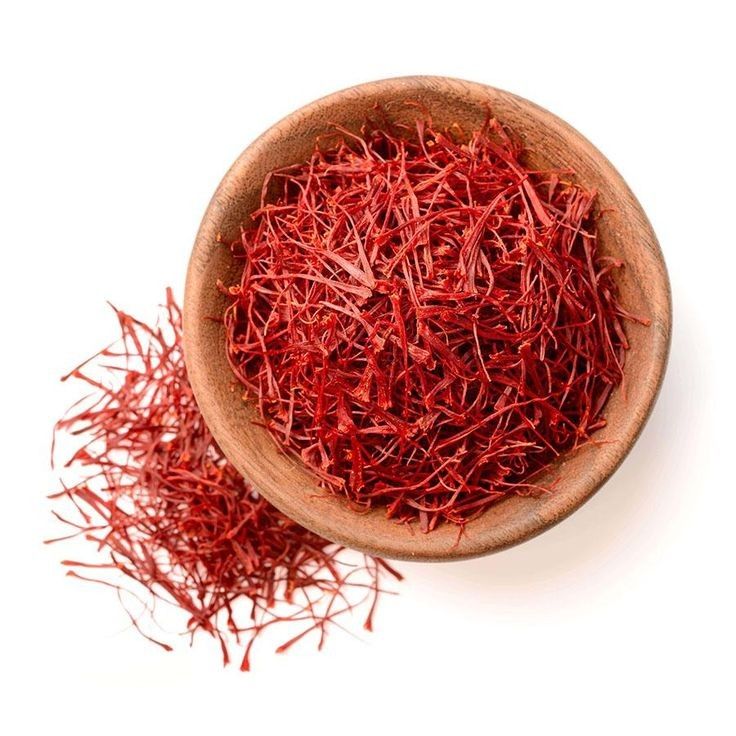The Taste of Saffron and Why It Matters|what does saffron taste like
Saffron is a luxurious spice that has been prized for its vibrant color, distinct aroma, and unique flavor for centuries. Originating from the delicate stigma of the crocus sativus flower, saffron has been used in various cuisines and cultures around the world. This precious spice has a rich history, has been associated with healing properties, and is known to be one of the most expensive spices in the world. But what truly sets saffron apart is its taste.
Understanding the taste of saffron is essential for anyone looking to incorporate this spice into their cooking or simply appreciate its flavor. In this blog, we will take a deep dive into the taste of saffron, factors that affect it, and its various culinary uses.
The Flavor Profile of Saffron
Saffron is often described as having a rich, slightly sweet, and floral aroma. This delicate aroma comes from the volatile oils present in the spice. When added to dishes, it can infuse a warm and slightly earthy fragrance that is both alluring and comforting.
In terms of taste, saffron has a complex flavor profile that consists of several different notes. The most prominent of these notes include sweetness, floral notes, earthiness, and bitterness. When used correctly, these flavors come together to create a unique and unforgettable taste experience.
read also:Understanding Sperm Cramps: Causes, Symptoms, and How to Relieve Them
Factors Affecting the Taste of Saffron
The taste of saffron can vary depending on several factors such as its origin, quality, harvesting and processing methods, as well as storage and aging.
Origin plays a significant role in determining the taste of saffron. The three main regions known for producing high-quality saffron are Iran, Spain, and Kashmir. Each location has its own unique soil composition and climatic conditions that can impact the flavor of the spice.

Harvesting and processing methods also play a crucial role in the taste of saffron. The delicate stigmas must be carefully hand-picked and dried to preserve their aromatic and flavor compounds. Lower quality saffron may be harvested and processed quickly, resulting in a weaker taste.
Storage and aging can also affect the flavor of saffron. As with most spices, saffron’s flavor can diminish over time, so it is best to use it within a year of purchase for maximum taste.
Culinary Uses of Saffron|what does saffron taste like
Saffron has been used in cooking for centuries, particularly in traditional dishes from the regions where it is grown. Some famous dishes that use saffron include Spanish paella, Italian risotto alla Milanese, and French bouillabaisse. These dishes all feature saffron as a key ingredient, adding both flavor and color to the dish.
In recent years, saffron has found its way into modern cooking and baking as well. Saffron-infused drinks and cocktails have become popular for their unique taste and vibrant hue. Saffron also lends itself well to desserts, such as saffron ice cream or cakes, adding a subtle sweetness and floral note.
It is important to note that saffron should be used sparingly in cooking as its taste can easily overpower other flavors. A little goes a long way with this precious spice.
Health Benefits of Saffron
Aside from its culinary uses, saffron has also been associated with numerous health benefits. It has been traditionally used in herbal medicine for its anti-inflammatory properties and is believed to have antioxidant effects. Recent studies have also shown potential benefits for improving mood and aiding in mental health.
Common Misconceptions about Saffron’s Taste
One misconception about saffron’s taste is that it can be easily confused with other spices or herbs. Due to its high cost and rarity, some may try to pass off other spices as saffron. This can lead to disappointment and a false perception of saffron’s taste.
Another misconception is that saffron is primarily used for its medicinal properties and not for culinary purposes. While saffron does have a long history of being associated with healing and well-being, it is also an essential ingredient in many traditional and modern dishes.

How to Experience the Taste of Saffron|what does saffron taste like
If you have never tried saffron before, it is best to start with a small amount and gradually increase as you become more familiar with its taste. Saffron pairs well with savory dishes such as rice, fish, and vegetables, as well as sweet treats like pastries and desserts. It is also commonly used in teas or can be steeped in hot water on its own for a calming and aromatic experience.
When cooking with saffron, it is essential to use a mortar and pestle to grind the threads into a fine powder before adding it to your dish. This will help release its flavor compounds and distribute them evenly throughout the food.
read also:The Truth About oolong tea caffeine
Conclusion
Saffron is undoubtedly a unique and luxurious spice that offers a range of flavors and benefits. By understanding its taste profile, origins, and culinary uses, we can truly appreciate and savor this precious spice. Whether used in traditional dishes or modern cuisine, saffron adds a touch of elegance and sophistication to any dish. So, go ahead and experience the taste of saffron for yourself, and let your taste buds be delighted by its complex and alluring flavors.
